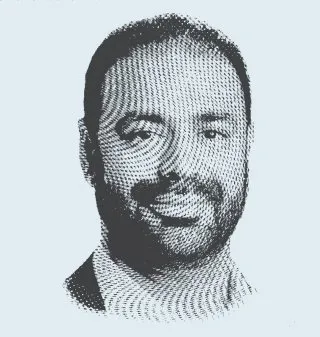Hezbollah held a mass funeral for its former Secretary-General, Hassan Nasrallah, and his successor, Hashem Safi al-Din, in the Lebanese capital, Beirut, on February 23.
A measured reading of the scene would be of use. It should be approached with a cold political mind and without sentiment or prejudice that reinforces preconceptions. Such occasions are not mere mass rallies. They are a dividing line between two phases that signals a transition from one modus operandi to another, imposed by military and political developments following the October 7 Al-Aqsa Flood operation, the Israeli war on Lebanon, and the structural shifts within the so-called Axis of Resistance.
It is clear that Hezbollah supporters sought to reaffirm their commitment to their allegiances through mass attendance of Nasrallah and Safi al-Din’s funerals at Camille Chamoun Sports City and spaces around it, sending a message that Israel’s painful military blows have not broken the party.
While this message inspires fear in some circles, Hezbollah’s supporters needed to send it. It is necessary for healing their deep wounds and moving on from the pain of loss to a stage of reflection and contemplation about the future. It also raises a pressing question: What is to be done after Nasrallah?
There is likely no definitive, comprehensive answer to this difficult question at this point. That is inevitable, as the void left by the assassination of Hassan Nasrallah will be easy for his successor, Naim Qassem, to fill. Moreover, the loss is compounded by that of other prominent figures like Hashem Safi al-Din, Nabil Qaouq, Fouad Shukr, Ibrahim Aqil, and Mohammad Hussein Sarour, as well as those who had been killed before them, like Imad Mughniyeh and Mustafa Badreddine- key political and security leaders who formed the nucleus of the party. Consequently, reconstructing a new framework for decision-making and strategic thinking will not be easy, despite the new Secretary-General Naim Qassem’s announcement that the party has managed to regroup and appoint new leaders on all fronts.
Another complicating factor that makes the question of Hezbollah’s future after Hassan Nasrallah even more difficult is the volatility of Lebanon’s political landscape, which remains in a state of limbo. A dense fog of uncertainty looms: Israel continues to Lebanese territory and violates Lebanon’s sovereignty on a daily basis. Moreover, a cross-sectarian national consensus has yet to emerge, as some of the political rhetoric in the country remains extreme or exclusionary. That is, the political and social environment is not conducive to the kind of serious and frank introspection within Hezbollah’s ranks that could pave the way for a political transition.
Lebanon now has a new president, Joseph Aoun, and a government led by Nawaf Salam. Both men have pledged to focus on reconstruction, support Lebanese sovereignty, and push back against Israel’s violations. However, this "new era" does not have the military capabilities needed to counter Israeli violations directly; accordingly, it prefers diplomacy, seeking to resolve this issue through the United Nations and the Security Council- a reasonable course of action.
“Parties,” like individuals, can be consumed by indecision, fear, anxiety, suspicions, and uncertainty. If these sentiments continue to paralyze Hezbollah, it will struggle to embark on the kind of real reformation needed in the post-Nasrallah era. A gradual approach should be taken to this shift, as a sudden and radical shift is not only far-fetched but also dangerous. It risks backfiring and allowing the "hawks" to dominate instead of empowering the "realists" to lead the transition we await.
Is this transition possible? History suggests it is both inevitable and necessary. Resisting this process would not serve Hezbollah’s interests, and it could lead to a clash with not only the Lebanese government but also with a substantial segment of its own support base, which has grown weary of war and been exhausted by the endless funerals of its sons and families!
On February 24, Asharq Al-Awsat published a column by Abdulrahman Al-Rashed titled “Hezbollah’s Funeral.” In it, he notes the early signs of a shift in the party’s approach to politics. He suggests that Hezbollah could reduce its activity in other countries while adopting a more pragmatic stance on Lebanese domestic issues. He also speculates that Lebanon’s gradual movement away from Iran’s orbit could fall into the frame of potential negotiations between Tehran and Washington, alongside broader regional matters and Iran’s nuclear program.
Domestically, Rashed notes that Hezbollah seems to be adapting to change. He points out that Secretary-General Naim Qassem has said that the party would confront Israel and push it out of the country through diplomatic efforts led by the state. Qassem also acknowledged a policy shift when he affirmed Hezbollah’s commitment to operating within the confines of the Taif Agreement.
The indications that Rashed highlights, signal the beginning of a transformation. This process will neither be swift nor easy; it will be cumulative and happen over time and under close scrutiny. If fully realized, it could contribute to reinforcing Lebanon’s stability, security, and development, allowing all Lebanese, without exception, to take part in reconstruction and play a role in the establishment of a modern, stable state.












